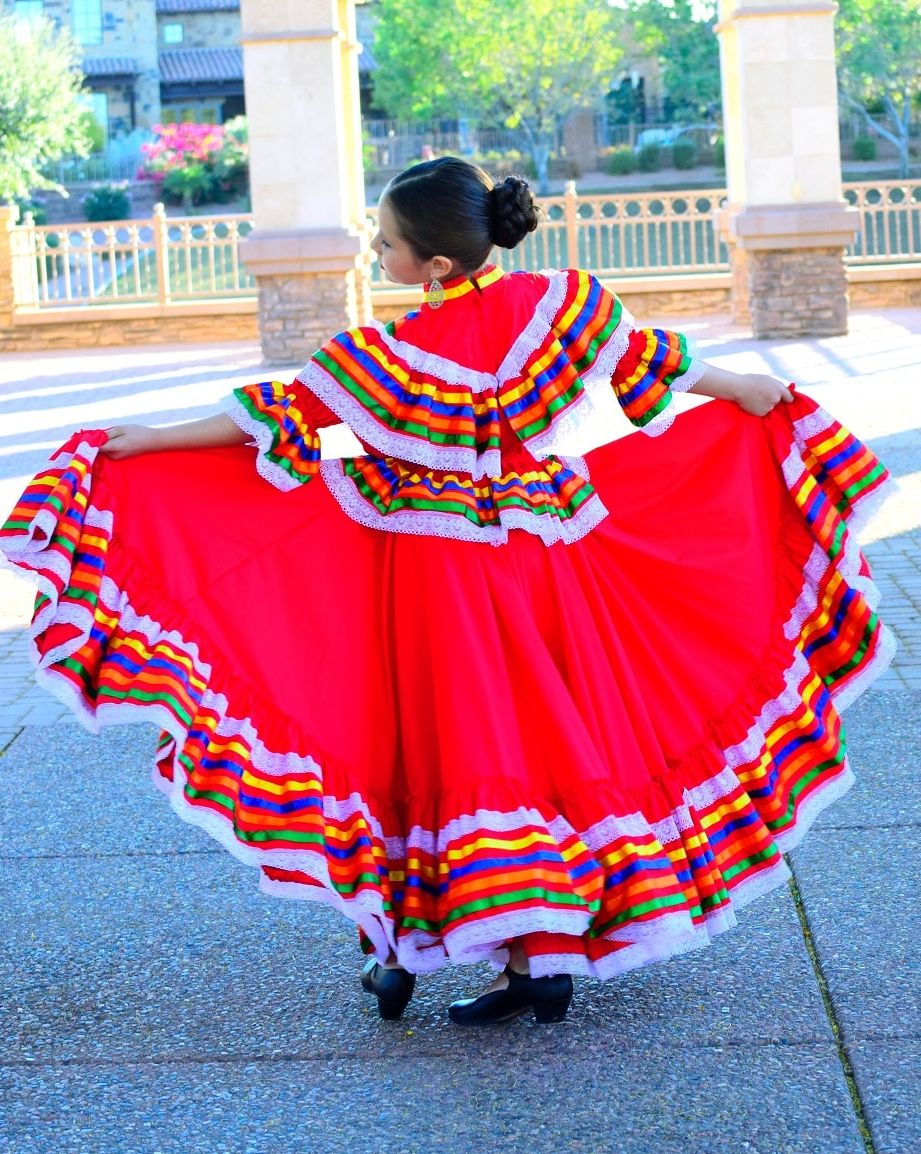The recognition of Cinco de Mayo has its roots in Mexico’s victory over French forces on May 5, 1862, at the Battle of Puebla. France, at the time ruled by Napoleon III (the nephew of Napolean Bonaparte) sought to establish an empire in Mexico in order to extend French influence into the Americas.
As the heavily armed French troops approached the small town of Puebla, they anticipated an easy victory over the poorly equipped Mexican soldiers. But the small group of Mexican soldiers managed to defend the town from the French assault despite being outnumbered by more than two to one. While the battle did not end the war, it became a rallying point for Mexican resistance against the French invasion.
In modern times, Cinco de Mayo is recognized primarily as a celebration of Mexican-American culture. Cinco de Mayo grew primarily in the United States – first in California, and eventually spreading across many cities with large Mexican-American communities throughout the United States. In 2005, Cinco de Mayo was officially recognized by Congress by the passage of a resolution recognizing the historical significance of Cinco de Mayo and calling upon the President issue a proclamation calling upon the people of the United States to observe Cinco de Mayo with appropriate ceremonies and activities.
Although Cinco de Mayo is not a national holiday in Mexico, it is still officially recognized in the city of Puebla, where it is commemorated with a parade and historical reenactments of the battle with participants dressed as French and Mexican soldiers.
Cinco de Mayo is a great opportunity to appreciate Mexican culture especially Mexican food, clothing and music. Mole poblano, a traditional dish that originated from the City of Puebla is traditionally served on Cinco de Mayo.

Those who take place in Cinco de Mayo celebrations will also likely be treated to baile folklórico, or traditional Mexican folk dancing, featuring women in a variety of colorful dresses.

At many Cinco de Mayo celebrations you will hear mariachi music from a mariachi band dressed in their iconic black and white uniforms and large sombreros.


